What You Should Know About Porcelain and Ceramic Tiles
Differences between porcelain and ceramic can impact the cost, appearance, and longevity of your installation. Read this article for important info you should know.
Differences between porcelain and ceramic can impact the cost, appearance, and longevity of your installation. Read this article for important info you should know.
If you are considering whether to get away from carpet and install hardwood or tile flooring, you should read this article before you invest in new flooring.
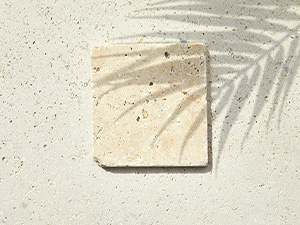
Let’s explore travertine’s natural holes, what causes them, and how they can be filled for a smoother finish if that
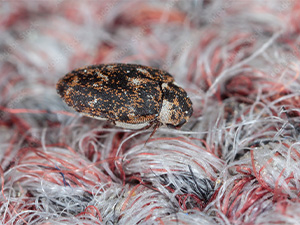
The larvae, which is the most destructive stage of the carpet beetle life cycle, hatch from eggs and begin to
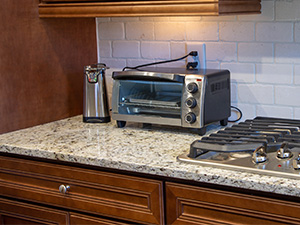
Have you experienced your granite under appliances retaining its original color compared to the surrounding areas that have darkened over

While you are looking at your stone, do you ever wonder where it comes from? Not just the country, but
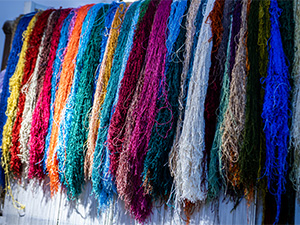
While they boast a luxurious and silky feel, understanding the pros and cons of viscose rugs is important before deciding
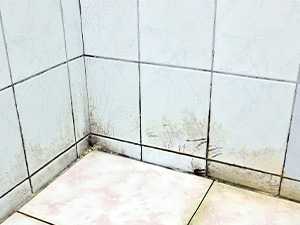
Battling stubborn shower mold? Check out these strategies for banishing mold from your stone and tile showers. Say hello to